In an era where borders are under intense scrutiny, the trends in immigration policies play a pivotal role in shaping the destinies of communities worldwide. From the Ukrainian refugee crisis to Canada’s ambitious immigration plans, the effects on communities are profound and varied.
Ukrainian Exodus: A Relentless Stream
The Russian invasion of Ukraine in February 2023 set in motion one of Europe’s largest exodus. Over 8.1 million Ukrainian refugees sought refuge in Europe, with Poland, Germany, and the Czech Republic emerging as key havens. Canada and the United States extended their arms through special visa programs, highlighting a global effort to address the crisis.
However, assessing the true scale of migration remains challenging. Official statistics may underestimate the number of refugees due to complexities like returns and movement within the European Union. Internally displaced persons within Ukraine add another layer, stressing social infrastructure.
Prime Minister Denis Shmyhal’s call for work, housing, and security for mass return underscores the intricate challenges faced by those displaced. The Ukrainian crisis showcases the intertwined nature of migration history and geopolitical complexities, shaping the destinies of millions caught in the crossfire.
Palestinian Resettlement: A Complex Landscape
In the last decade, Palestinian refugees faced stringent barriers to entering the United States. Excluded from the 1951 Refugee Convention, less than 600 Palestinians arrived as refugees in the U.S. in fiscal year 2023. Calls to ban Palestinian refugees, coupled with the complexities of the Israeli-Palestinian conflict, underscore the challenges of refugee admissions.
The U.N. Relief and Works Agency for Palestine Refugees provides aid but not resettlement, leaving many Palestinians with limited options. The intersection of politics, international rules, and humanitarian considerations highlights the intricate nature of addressing the Palestinian refugee crisis.
Canada’s Ambitious Course
Canada, in stark contrast, charts an ambitious course in its 2023–2025 Immigration Levels Plan. With targets ranging from 410,000 to 505,000 new permanent residents in 2023, Canada aims not only for economic prosperity but also to strengthen its societal fabric.
A notable shift is the emphasis on spreading the benefits of immigration across the country. The commitment to resettling at least 40,000 Afghan refugees showcases Canada’s dedication to providing a safe haven. The enhanced Express Entry system aligns immigration with economic goals, emphasizing efficiency and inclusivity.
Challenges and Concerns
However, challenges loom on the horizon. Delays in processing work permits persist, and public skepticism about the government’s ability to manage the influx grows. The housing crisis, exacerbated by high living costs, raises concerns about the government’s failure to address shortages for existing refugees and asylum-seekers.
In steering through these turbulent waters, Canada’s commitment to openness and inclusivity remains unwavering. As the nation faces challenges head-on, its history of overcoming obstacles and embracing diversity positions it to navigate the evolving landscape of immigration policies, ensuring that the benefits are shared across Canadian communities. The trends in immigration policies resonate far beyond political rhetoric, impacting the lives of those seeking refuge and the communities that welcome them.








